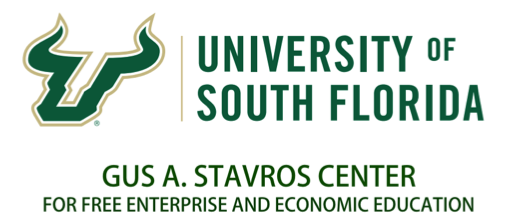|
People save money for a variety of reasons, which include large future purchases (higher education, vehicles, and homes), entrepreneurial endeavors, retirement and unexpected events. Check out the .gif of Tiana from the Princess and the Frog. What is her savings goal? She works as a waitress in a restaurant in New Orleans. How do you think she can save money for her fund? To continue this lesson with students, download the Student Guide and Tampa Bay Times Saving Tips article. In the article, they discuss the power of compound interest. In order to learn more about compound interest, use the EconEdLink compound interest calculator to see how it works! Compose a tweet or instagram post about the power of compound interest. To learn more about Budgeting and Saving, check out the engaging interactive by Financing Your Future MyFloridaCFO. Then, research the different programs and incentives offered by financial institutions, workplaces, and the government. Standards SS.8.FL.3.6 Identify the value of a person’s savings in the future as determined by the amount saved and the interest rate. Explain why the earlier people begin to save, the more savings they will be able to accumulate, all other things equal, as a result of the power of compound interest. SS.8.FL.3.7 Discuss the different reasons that people save money, including large purchases (such as higher education, autos, and homes), retirement, and unexpected events. Discuss how people’s tastes and preferences influence their choice of how much to save and for what to save. SS.912.FL.3.6:Describe government policies that create incentives and disincentives for people to save. SS.912.FL.3.7:Explain how employer benefit programs create incentives and disincentives to save and how an employee’s decision to save can depend on how the alternatives are presented by the employer. Here is a Nearpod Lesson to use with the article!
|
Archives
January 2022
CategoriesAuthorDeborah Kozdras, Ph.D. |






 RSS Feed
RSS Feed

